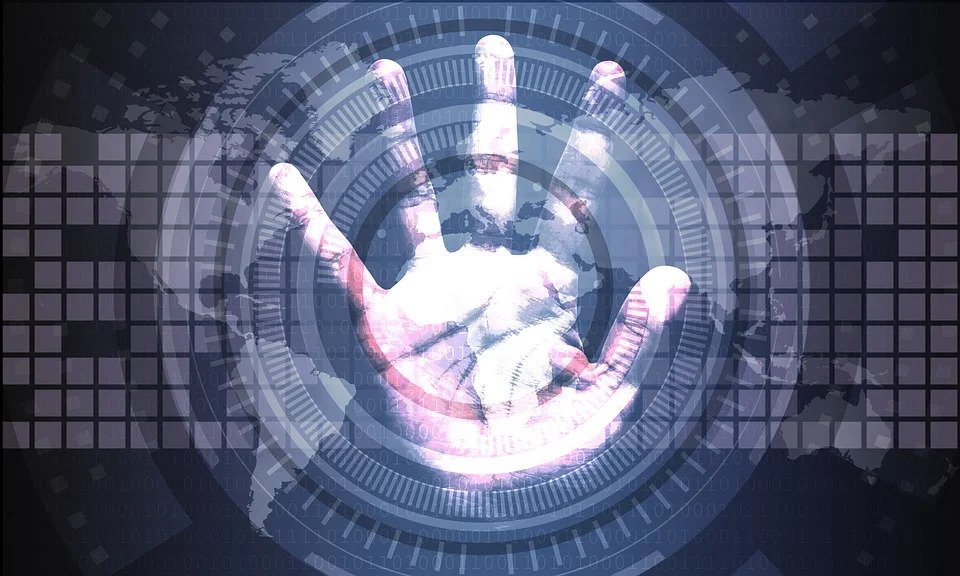
Implementing and registering with international ISO compliance standards is a perfect approach to addressing security-related challenges in your organization. It is also a great way to reassure your clients that their data is safe.
Read on to learn a few of the ISO compliance standards available for IT.
Common ISO Compliance Standards
Information Security Management Systems – ISO 27001
Released in 2005, this framework focuses on the management of an organization’s data. ISO 27001 puts a lot of emphasis on risk management. It gives you a platform to understand your company’s weaknesses and strengths in the context of risk management. Being ISO 27001 compliant implies that your clients and stakeholders can trust your organization with their information and data.Information Technology Service Management – ISO IEC 20000-1
If you are an IT service provider, ISO IEC 20000-1 gives you a guideline on the maintenance of security, delivery of consistent service, as well as the adoption of new technologies as they are introduced in the marketplace. Therefore, this standard outlines the control processes, resolution, relationship, practice codes, and system requirements.ISO/IEC 19770-1:2017
The ISO/IEC 19770-1: 2017 focuses on the management of IT assets and systems. It offers you the specific requirements for your organization’s IT asset management system. You need to comply with this ISO standard irrespective of the size of your company or the IT assets you have.
While the primary focus is on the management of IT assets, it is still applicable to other types of assets, such as embedded firmware and software. It also covers information and data about the scope of IT assets.ISO/IEC 27010:2015
This compliance standard offers guidelines on information technology specifically on security techniques and the management of information security for an organization’s communications. How your organization initiates, implements, maintains, and improves information security for its inter-sector or inter-organizational communications is guided and controlled by the provisions of this standard.
With the ISO/IEC 27010:2015, you follow clear principles and guidelines on how to meet certain requirements when you use the available communication methods. Both your private and public means of sharing and exchanging sensitive information are covered by this international standard.
The significance of ISO/IEC 27010:2015 compliance is that it supports building of trust during the exchange of sensitive data and information. Resultantly, it encourages the growth of communities that share information safely and securely.ISO 31000: 2018 – Risk Management
The modern business environment is full of uncertainties. Risks can have significant impacts on your organization’s safety, reputation, economic performance, and environmental outcomes.
The ISO 31000 offers guidance on how to manage risks. You get clear guidelines for carrying out external and internal audits in order to identify threats and opportunities. Additionally, this standard gives you the chance to benchmark with available international practices.
Earning an ISO certification forms your first phase to full compliance. You need to ensure that you maintain the stipulated standards and adopt the required practices. For most organizations, this can be challenging, especially when the workers are not diligent post-audit.
Audits may not solve your security issues entirely. Holding regular training sessions targeting new hires is a recommendable approach to ensure that everyone stays updated with the necessary practices and standards. Also, it is important to carry out internal audits, test the existing employees annually, and have an inter-departmental ISO team to oversee compliance issues. Such simple approaches will help your organization maintain any ISO compliance standards effortlessly.